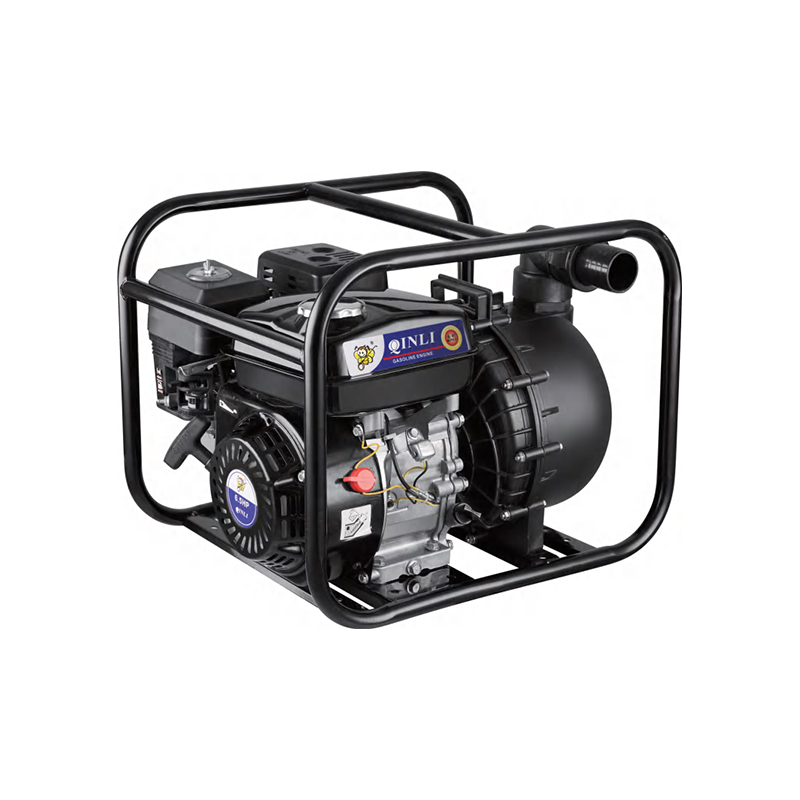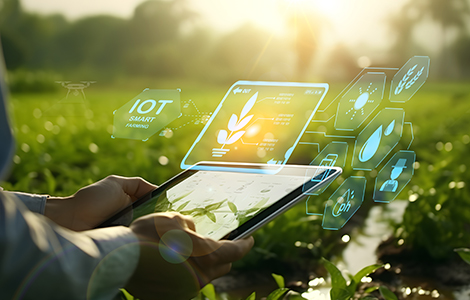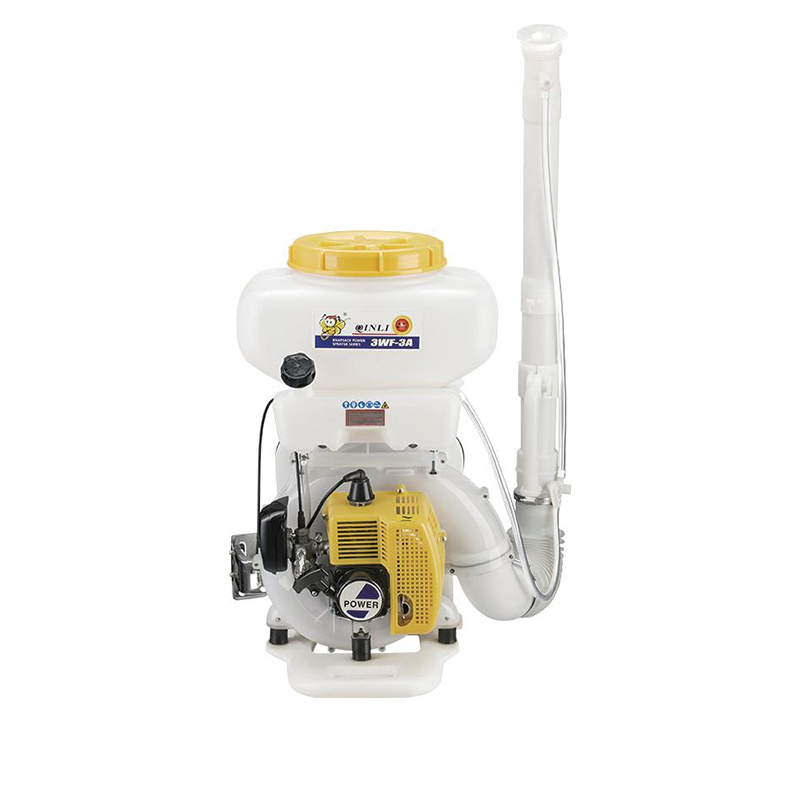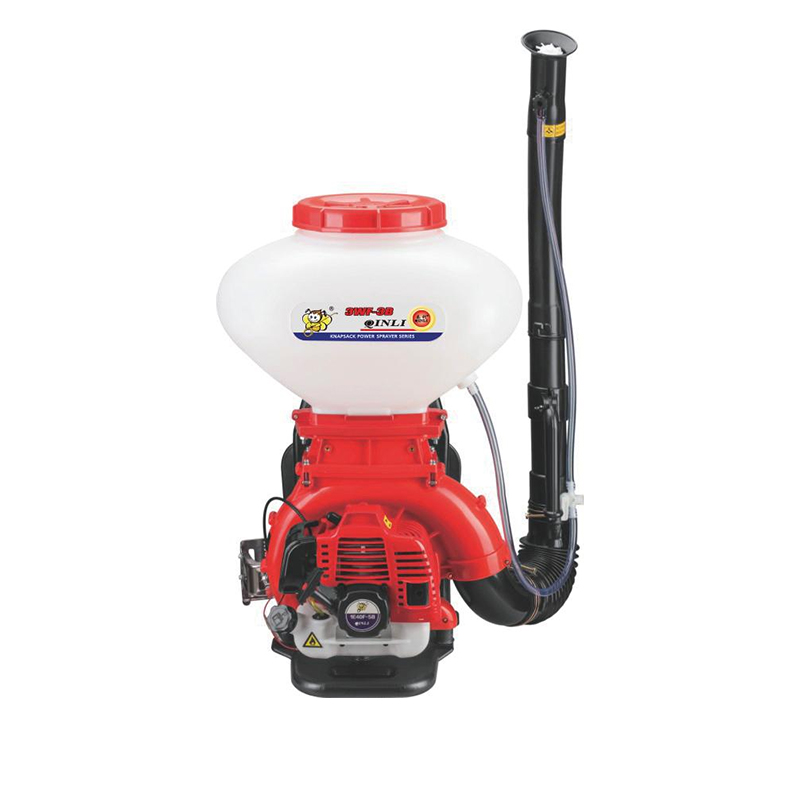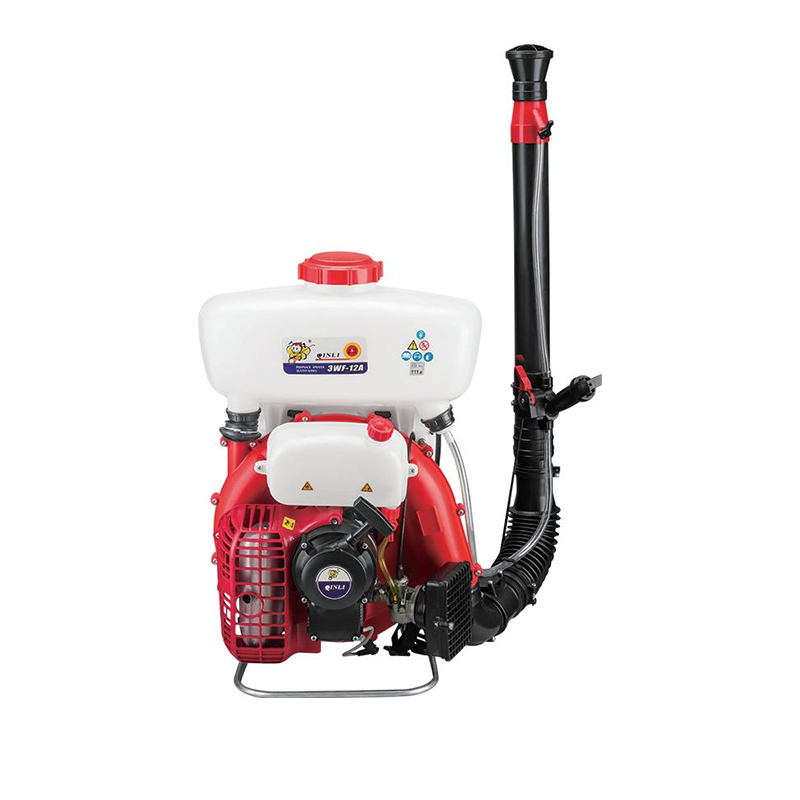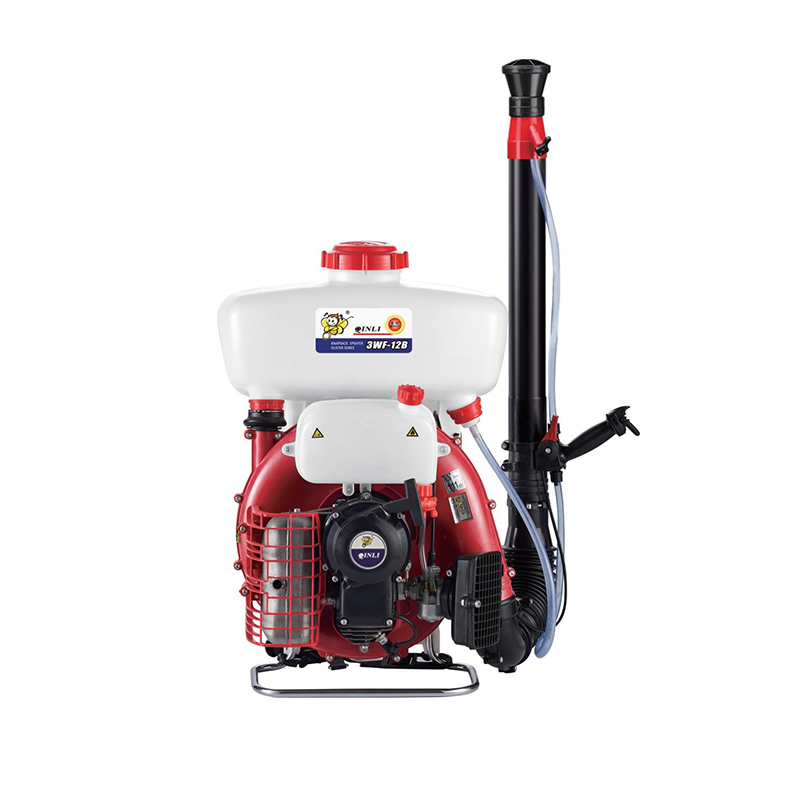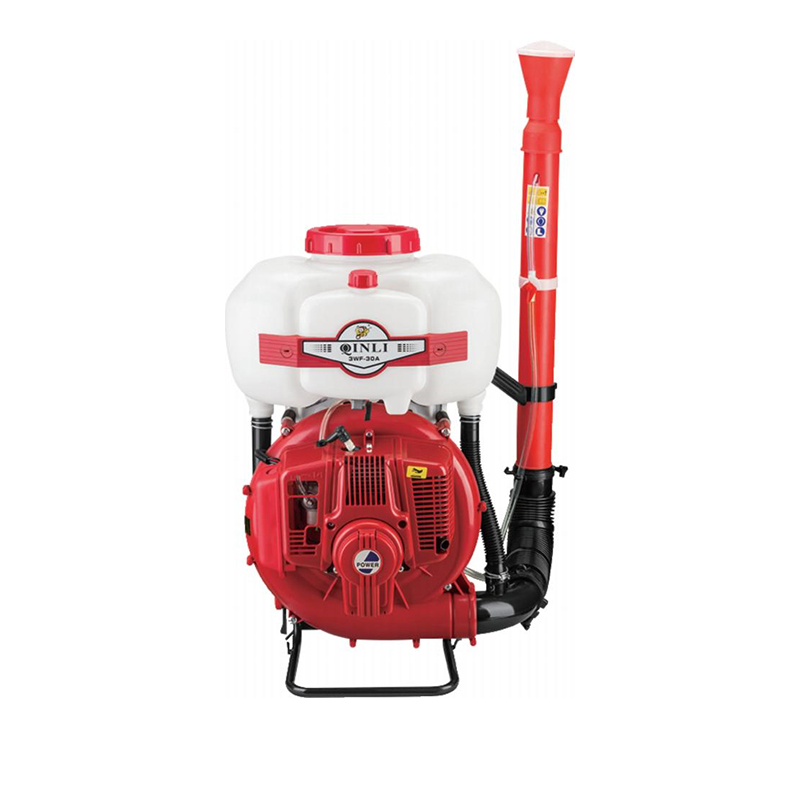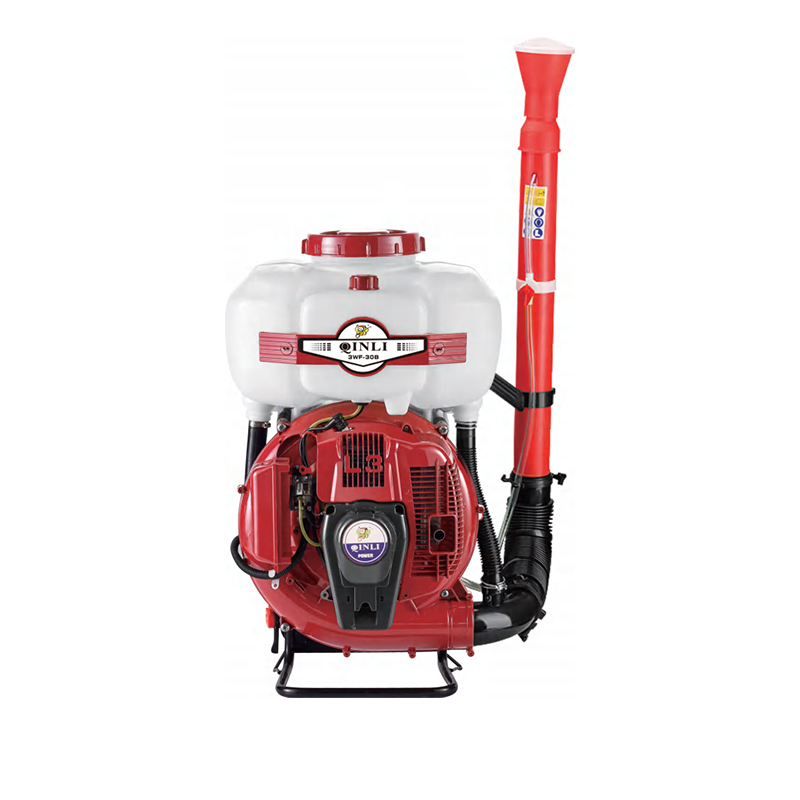Product Search
Management Using Hand Push Garden Machines
Small-scale farming and gardening require efficient tools that combine simplicity with effectiveness. One such essential tool is the agricultural hand push garden machine. Designed to assist with soil preparation, planting, and maintenance, these machines are increasingly popular among small farms, community gardens, and horticultural projects. They offer a practical solution for farmers and gardeners seeking to reduce manual labor while improving productivity.
An agricultural hand push garden machine is a manually operated device that typically moves across garden beds or small plots of farmland. Unlike large tractor-mounted equipment, this machine relies on human power for mobility, making it suitable for smaller spaces and delicate crops. The basic design includes a handle for pushing, wheels for smooth movement, and functional attachments such as tines, blades, or seeders depending on the intended task. Despite its simplicity, the hand push garden machine is versatile and can be adapted to perform multiple functions.
One of the primary advantages of using a hand push garden machine is the precision it offers. In small-scale farming, maintaining accuracy in planting depth, row spacing, and soil preparation is critical for good crop growth. These machines allow operators to work carefully between rows and around sensitive plants without causing damage. Additionally, the even distribution of seeds or fertilizers promotes uniform growth and increases overall yield.
Soil preparation is a key task where hand push garden machines excel. Equipped with tines or rotary blades, they can loosen compacted soil, remove weeds, and create fine tilth suitable for planting. This reduces the physical strain on farmers compared to traditional hand tools such as hoes or spades. Furthermore, the consistent tilling depth achieved with these machines ensures better soil aeration, improved water infiltration, and stronger root development for plants.
Another important use of agricultural hand push garden machines is planting. Some models are designed with seeders that allow seeds to be placed at precise intervals, improving germination rates and crop uniformity. Others may assist with fertilizer application, ensuring nutrients are distributed evenly across the field or garden. These functions make the hand push garden machine a multi-purpose tool that contributes to efficient and organized farming practices.
Maintenance and ease of operation are additional benefits. These machines are designed to be user-friendly, with simple mechanisms that require small training. Routine cleaning and occasional lubrication of moving parts are usually sufficient to keep the machine in good working condition. Its compact size and lightweight construction also make storage and transportation straightforward, allowing farmers to move the machine between plots or store it easily when not in use.
From an environmental perspective, agricultural hand push garden machines are a good choice for sustainable farming. Being manually powered, they do not rely on fuel or electricity, which reduces emissions and energy consumption. Additionally, the precision in planting and fertilization helps small waste, protecting soil health and conserving resources. This makes the machine a practical option for environmentally conscious farming practices.
In conclusion, the agricultural hand push garden machine is a valuable asset for small-scale farming and gardening. Its ability to improve soil preparation, facilitate planting, and assist in nutrient application makes it a versatile and efficient tool.
Recommended Products
- CONTACT DETAILS
-
- +86-13857697898
- +86-576-88121879
- export@qinlisprayer.com
- 18 Yanhai, sanjia Street, Jiao Jiang Dis, Taizhou city, Zhejiang, China
 Download Sample
Download Sample
- PRODUCT CENTER
- SEND A MESSAGE



 English
English  中文简体
中文简体  Español
Español  عربى
عربى 